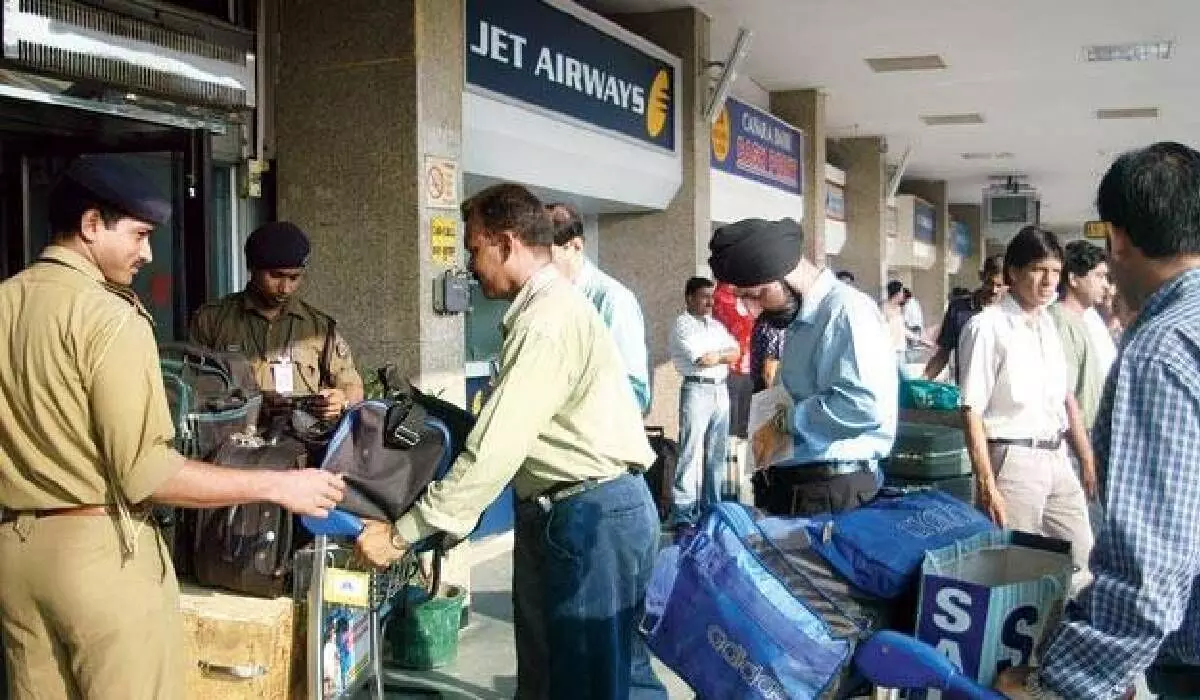India doing well by focussing on airport security
image for illustrative purpose

India, which has 30 international airports, is one of the fastest growing aviation markets in the world and ranks third largest in the domestic segment. In order to enhance ease if travel, the government has taken several measures capacity enhancement, installation and commissioning of additional X-ray machines for baggage checks, deployment of more CISF personnel, hiring more airlines and airport operators, management of slot allocation and coordination with airlines to avoid bunching of flights. Towards this, the government launched Digi Yatra for biometric-based travel using facial recognition technology. In its first phase, Digi Yatra has been launched at seven airports. Upgrading infrastructures and facilities at airports is a continuous process, which is either undertaken by the AAI or the concerned airport operators based on operational requirements, traffic, demand, and commercial feasibility. It was towards achieving cost-effective regional air connectivity that Regional Connectivity Scheme (RCS) - UDAN was launched on October 21, 2016. Apart from this, AAI and other PPP airport operators have embarked on a Capex Plan of Rs. 98,000 crore, including around Rs.25,000 crore by AAI, during 2019-24.
The centralised Aviation Security Control Centre (ASCC) will monitor all threats and perceptions and social media blabber in around 66 civil airports that are currently under CISF security cover. It will access 24x7 real-time data monitoring and trend analysis of passengers and air traffic. Equipped with cutting-edge technologies such as a data centre, research and development lab and a war room to deal with emergencies the centre will get real-time feed from each of the security operations control centres (SOCCs) in the 66 airports, including that ‘extremely busy and hyper-sensitive’ facilities in Delhi, Mumbai, Bengaluru, Jammu, Srinagar and Amritsar. The facility will provide ‘realistic’ inputs about passenger traffic at any given point in time and help in mobilising resources for ‘optimum utilisation’. It will monitor bomb threat calls, VVIP movements, passenger clearance time, utilisation of security gadgets and queue management systems at the 66 airports.
A technical laboratory created at the centre will prepare trend analysis of real-time data to enhance the effectiveness of decision-making at higher levels and will undertake research on advanced and artificial intelligence-based aviation security equipment available worldwide, comparative analysis of different equipment and its applicability at Indian airports. ASCC will also provide social media resolutions by monitoring popular platforms and will forge a two-way communication with all airport units of the CISF, external agencies and stakeholders "for better coordination and cooperation". Its data centre will have a storage capacity of 300 TB (terabyte), a 50 Mbps lease line from MTNL and an IP-PBX (to make and receive calls over the Internet) with a capacity of 110 intercom telephone connections for airports, the CISF headquarters and other offices of the force. CISF provides armed security cover to 66 airports as part of its aviation security group (ASG) and the force works under the command of the Union Home ministry.

